Overview of the GE IC695CPU310 RX3i CPU Processor The GE IC695CPU310 RX3i CPU Processor is a central processing unit (CPU) designed for industrial automation systems. Part of the GE Fanuc RX3i series, the IC695CPU310 offers powerful processing capabilities with a 300 MHz clock speed. It integrates seamlessly into GE’s PACSystems product line, providing essential control functions for a range of automation applications. Key Features of the IC695CPU310 The IC695CPU310 CPU Processor comes with a suite of features designed to enhance system performance and reliability. Powered by an Intel Celeron microprocessor (Pentium III), the unit boasts 10 MB of RAM and 10 MB of flash storage. This processor supports multiple communication protocols, including Modbus RTU Slave, SNP, and Serial I/O, which facilitate seamless communication with programmable logic controllers (PLCs) and other automation devices. Two embedded serial ports—RS-232 and RS-485—offer versatile communication options, making the IC695CPU310 suitable for a variety of industrial environments. The system is equipped with eight LEDs on the chassis, providing clear visual indicators of the system’s operational status, helping users quickly identify issues like faults or normal operation. Technical Specifications When it comes to performance, the GE IC695CPU310 doesn’t disappoint. Here are the key technical specifications: Processing Speed: 300 MHz CPU Memory: 10 MB Floating Point Support: Yes Serial Ports: 2 (RS-232, RS-485) Serial Protocols: Modbus RTU Slave, SNP, Serial I/O Power Consumption: 1.25 Amps at 3.3V DC, 1 Amp at 5V DC Temperature Range: 0 to 60°C Battery-backed RAM: 10 MB capacity Non-volatile Flash Memory: 10 MB Execution Speed: 0.195 milliseconds/1000 Boolean instructions These specifications make the IC695CPU310 ideal for both general and specialized industrial applications, offering high-speed processing and robust memory capacity. Connectivity and Communication Capabilities The IC695CPU310 stands out for its versatile communication options. It features RS-232 and RS-485 ports for a wide range of industrial protocols, allowing it to interface with various automation systems. The support for Modbus RTU Slave, SNP, and Serial I/O protocols ensures compatibility with existing GE Series 90-30 and RX3i systems. This flexibility simplifies the integration of the IC695CPU310 into different automation setups, enhancing system interoperability. Programming and Firmware Features The IC695CPU310 module supports several programming formats, including ladder diagram, structured text, and function block diagram formats, which provide flexibility for developers and system integrators. Its system firmware can be upgraded to unlock additional features, ensuring that the CPU module remains adaptable to evolving industrial requirements. With support for up to 512 program blocks, each with a maximum size of 128 KB, the IC695CPU310 can handle complex applications with ease. ...
Read More

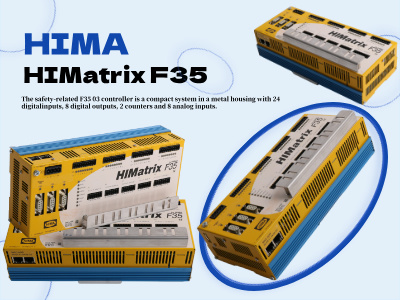
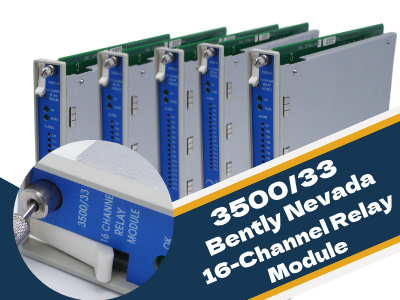
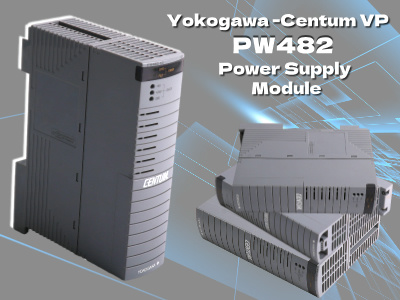
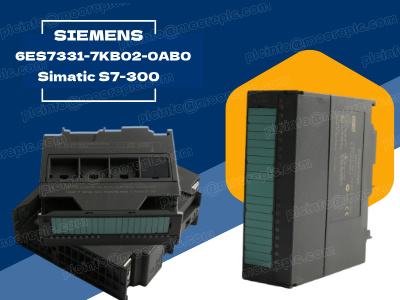

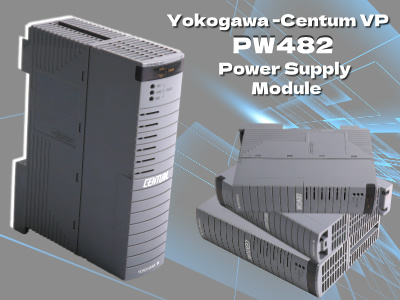
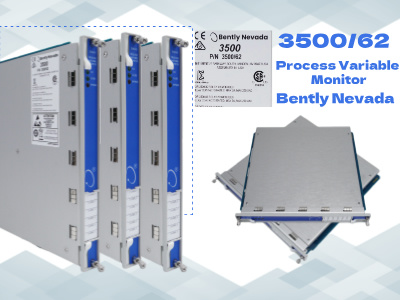
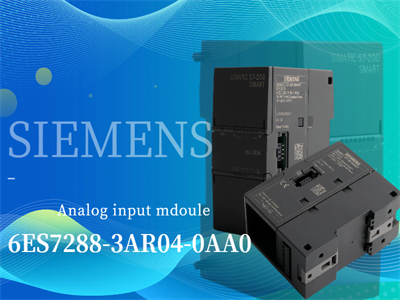
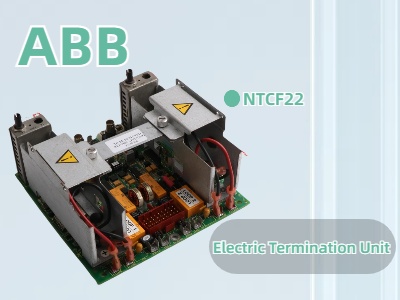
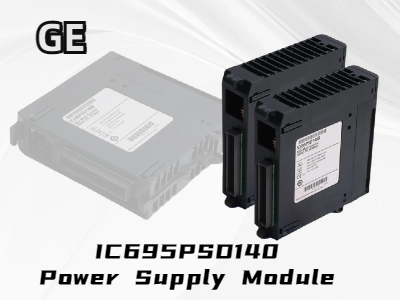
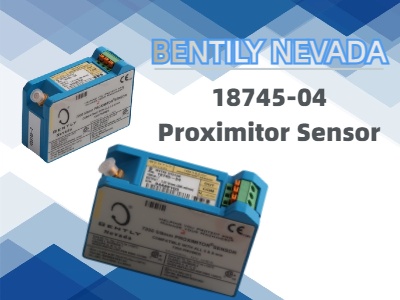

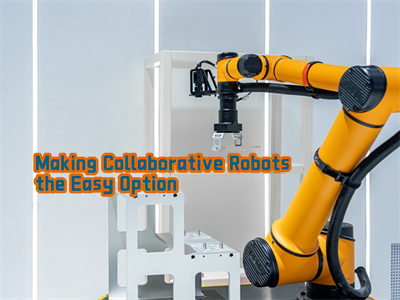










 IPv6 network supported
IPv6 network supported